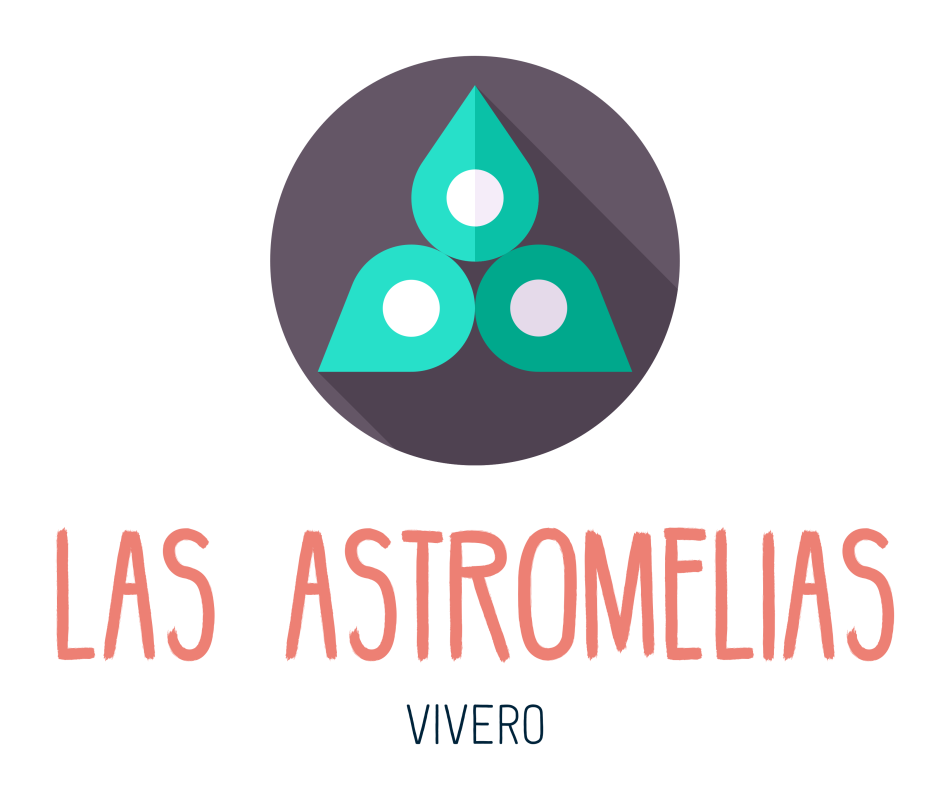Bookkeeping
Introduction to Plant Assets Financial Accounting
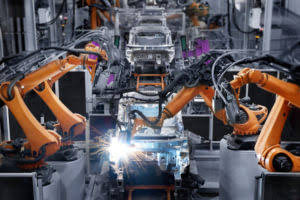
Anything that can be used productively to general sales for the company can fall into this category. Current assets are considered short-term assets because they generally are convertible to cash within a firm’s fiscal year. They are the resources a company needs to run its day-to-day operations and pay its current expenses. Current assets are generally reported on the balance sheet at their current or market price. On the income statement will be recognized a gain or loss on disposal that is calculated as the difference between the disposal proceeds and the carrying amount of the asset at the date of disposal.
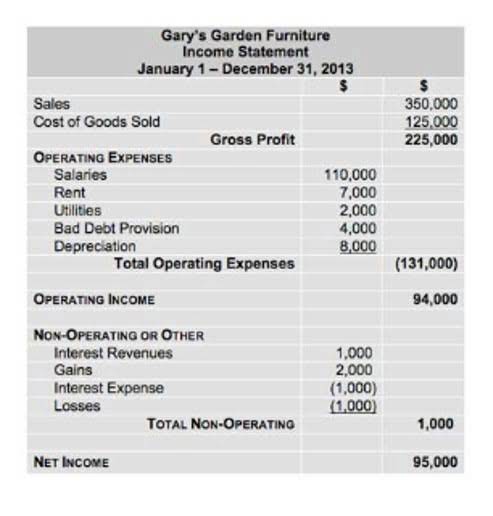
Financial Reporting in Germany: Read this useful guide about the Financial Reporting system and requirements in Germany
This encompasses assets like tools, computers, vehicles, and other tangible items used in business operations. Equipment depreciates over its useful life, thereby deducting its original cost over the years the equipment benefits the company. The general rule in accounting for repairs and replacements is that repairs and maintenance work are expensed while replacements of assets are capitalized.
Current Assets vs. Noncurrent Assets: an Overview
Net PP&E is the total value of all buildings, land, furniture, and other physical assets that a business owns. By totaling up all of these assets, you can find the Net PP&E of the business. The term “Net” essentially means that it is the total of the accumulated depreciation expenses. It is vital that https://www.bookstime.com/articles/what-is-product-cost a company accurately records its PP&E on its balance sheet. Analysts or potential investors will often look at a business’s PP&E to see how and where the company is spending its money in relation to its fixed assets. This is in ways that could potentially help increase the company’s profitability.
- When assets are grouped together and have the same useful lives and depreciation methods then the whole group should be depreciated similarly.
- Tangible fixed assets as property, plant, and equipment (PP&E) are important assets in a company’s operations used to generate economic benefits over the long term.
- Companies can also borrow from their PP&E as a floating lien, meaning the equipment can be used as collateral for a loan.
- There can be cases when the adjustment represents the reversal of a revaluation decrease of the same asset previously recognised as an expense, in which case it should be recognised in profit or loss.
When To Recognize PP&E in Financial Statements
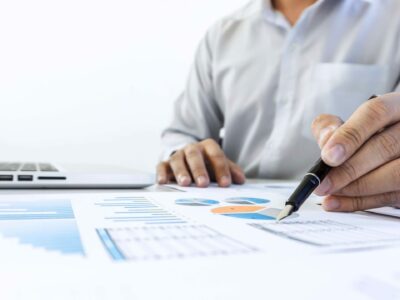
Examples of current assets include cash, marketable securities, cash equivalents, accounts receivable, and inventory. Examples of noncurrent assets include long-term investments, land, intellectual property and other intangibles, and property, plant, and equipment (PP&E). Plant assets include all long-lived is equipment a plant asset tangible assets used to generate the principal revenues of the business. Inventory is a tangible asset but not a plant asset because inventory is usually not long-lived and it is held for sale rather than for use. What represents a plant asset to one company may be inventory to another.
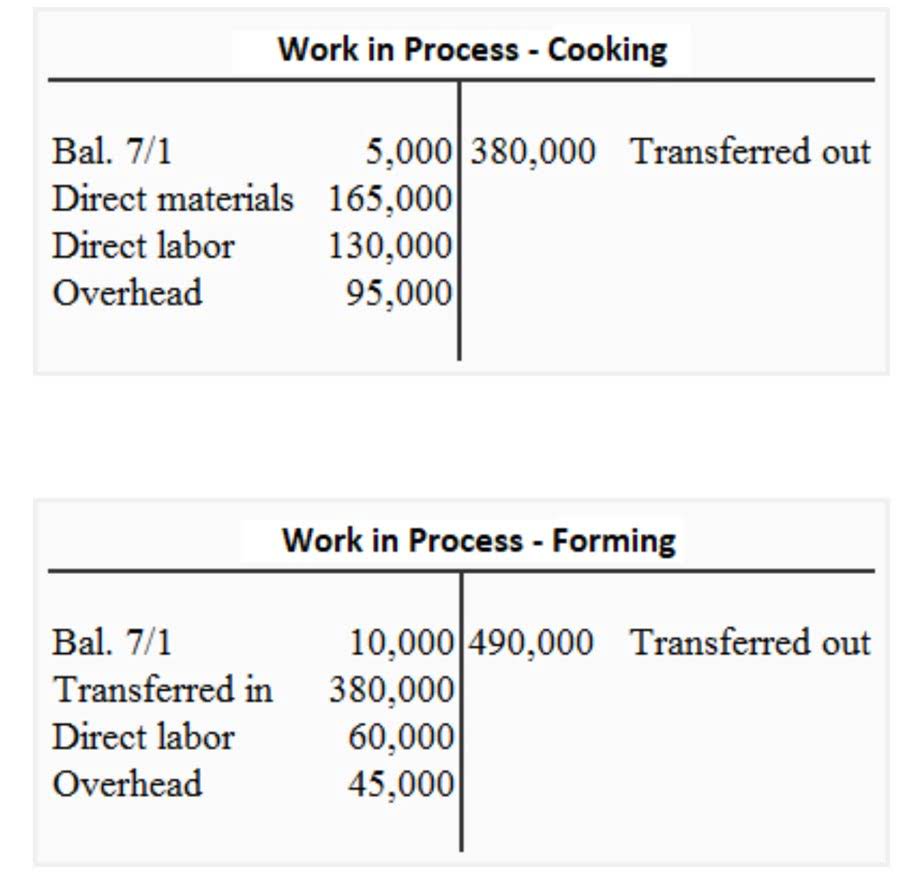
Current assets are short-term assets like inventory and are likely to be converted into cash within one year. The portion of ExxonMobil’s balance sheet pictured below from its 10-K 2021 annual filing displays where you will find current and noncurrent assets. Noncurrent assets may be subdivided into tangible and intangible assets. The accountant debits the entire costs to Land, including the cost of removing the building less any cash received from the sale of salvaged items while the land is being readied for use. Land is considered to have an unlimited life and is therefore not depreciable. However, land improvements, including driveways, temporary landscaping, parking lots, fences, lighting systems, and sprinkler systems, are attachments to the land.
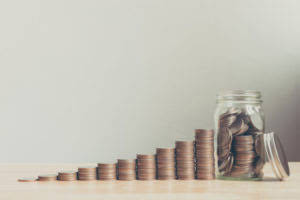
- Repairs and replacement of PP&E are common maintenance activities in businesses.
- The potential long-term investments decline over time and the proportion of capex becomes comprised of mostly maintenance Capex as opposed to growth Capex.
- Inventory is a tangible asset but not a plant asset because inventory is usually not long-lived and it is held for sale rather than for use.
- On the income statement will be recognized a gain or loss on disposal that is calculated as the difference between the disposal proceeds and the carrying amount of the asset at the date of disposal.
- PP&E are long-term, tangible assets that the corporation owns, and they are typically fixed assets.
- Property, Plant, and Equipment (PP&E) is a non-current, tangible capital asset shown on the balance sheet of a business and is used to generate revenues and profits.
- Capital expenditure (CAPEX) is the funds an entity spends to purchase, maintain, or improve its fixed assets, such as land, buildings, equipment, and motor vehicles.
- This chapter introduces how organizations categorize and account for fixed assets.
- The formula to calculate the ending PP&E balance consists of adding Capex to the beginning PP&E balance and then subtracting the depreciation expense.
- There are a few things to keep in mind when recording PP&E in accounting, which will help ensure accurate and compliant financial reporting.
- In July 2021, Company X owned PP&E machinery with a gross value of $3,000,000.
- Over time, plant asset values are also reduced by depreciation on the balance sheet.
